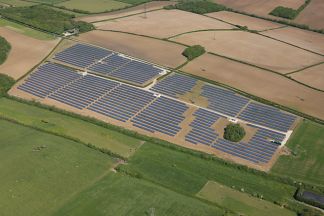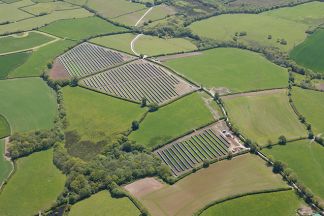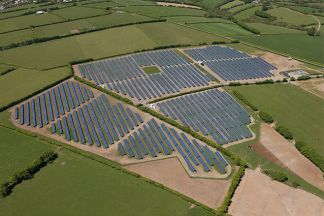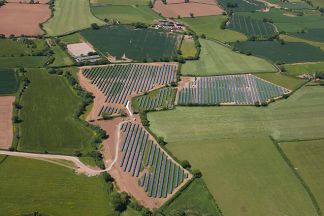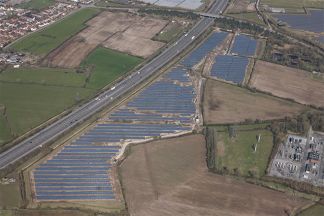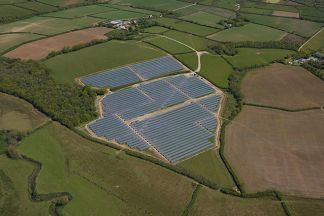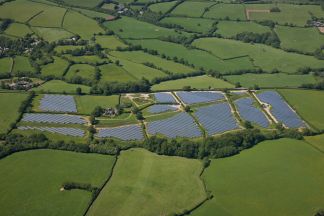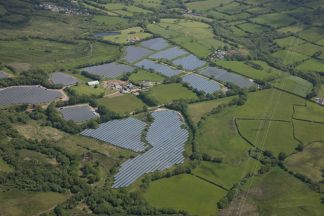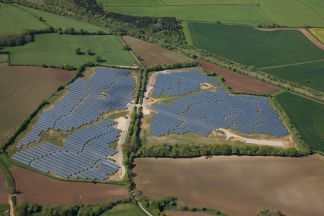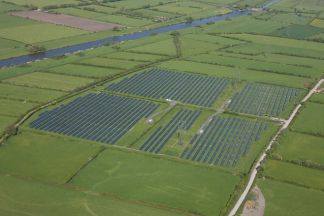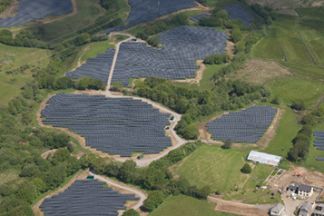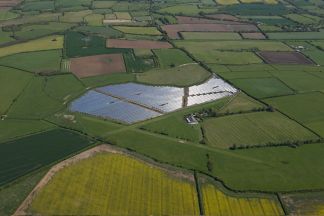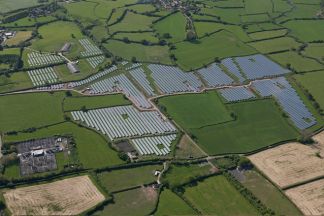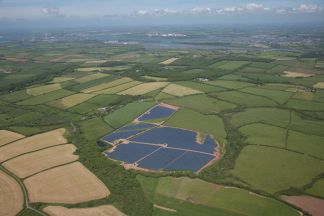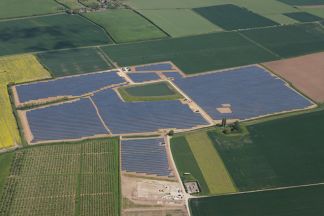- Home
- About Us
- Landowners
- Investors
- Our Solar Farms
- Nottington Lane 5 MW Solar Farm
- Beaford Brook 5 MW Solar Farm
- Bratton Fleming 5 MW Solar Farm
- Cobbs Cross 5 MW Solar Farm
- Park Wall 5 MW Solar Farm
- Bradford 5 MW Solar Farm
- Bidwell 5MW Solar Farm
- Cefn Betingau 9MW Solar Farm
- Hullavington 7MW Solar Farm
- Pyde Drove 7MW Solar Farm
- Rhyd-Y-Pandy 6MW Solar Farm
- Laughton Level 7MW Solar Farm
- Iwood Lane 8MW Solar Farm
- Chapel Hill 8MW Solar Farm
- Malmaynes Hall 12MW Solar Farm
- Bradley Road 5MW Solar Farm
- Huntspill 5MW Solar Farm
- West Holcombe 8MW Solar Farm
- Afon Llan 9 MW Solar Farm
- Arborfield 14 MW Solar Farm
- Bourton 12 MW
- Lodge Hill 12MW
- Horton Wood 49.9MW
- Malmesbury Road 13 MW Solar Farm
- North Kent 17.5 MW Solar Farm
- Blackberry Lane 9.9 MW Solar Farm
- Holt Lane 22 MW Solar Farm
- Contact Us
- Phoenix Solar Park
Climate Change & Solar Farms
Photovoltaic (PV) cells, which are similar to those found on pocket calculators, are now in widespread use in the UK and around the world to generate electricity on a large scale both in fields and on rooftops. They have also been commercially proven on large scale multi-megawatt generation plants since the 1990s. By January 2019 the UK had surpassed 13,000MW of solar PV capacity and the UK now regularly produces more than half of its electricity from renewable sources. In the last 10 years renewables have gone from novel to mainstream.
The panels are arranged in rows and are tilted to an angle appropriate for the location, between 15-35 degrees for a flat site in the UK. There is a space between the rows to take into account the shadow cast by each row. This can be between 5-10 metres (16-32 feet). This space between rows and the space under the panels can remain as pasture and would still be available for grazing of sheep.
The panels are cabled together and the cabling runs to a small building about 4 metres (13 feet) tall. There the electricity is converted from DC to AC and exported to the local grid. A supply of electricity to neighbouring buildings can be taken from this point to provide power from the solar site. The electricity is exported through the local distribution network with the cable to the nearest available point of the network typically being installed underground. Depending on the choice of panel technology and the natural slope of the site 1 MW of panels can be located on between 3-5 acres of land.



